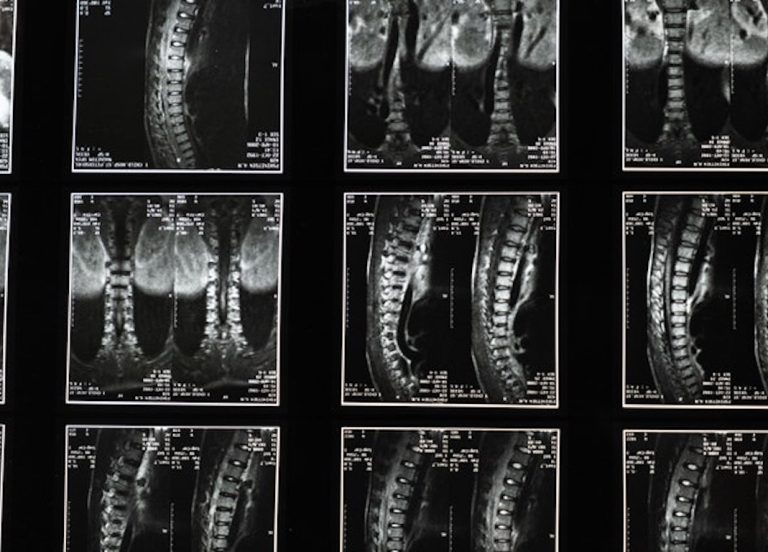Understanding Pain – Part 1: The Process of Pain
If we want to understand how best to treat and rehabilitate ourselves after an episode of pain then it helps to have an understanding of the mechanism of pain, the things that influence it, and the circumstances which might give rise to it.
To understand anything about pain you need first to understand the process of pain. In this short series on the subject of pain I’ve re-worked content from “Pain Guidebook” – a free downloadable resource produced by Canadian physiotherapist, researcher, and educator Greg Lehman (http://www.greglehman.ca/) – in order to deliver a few bite-size explanations about different aspects of pain science. The guidebook makes use of analogies that make the mechanism of pain easy to understand.
Key messages 1: Pain is an output of the brain and is multi-factorial; it is affected by more than just body tissues (though they remain important). Our emotions, beliefs and attitudes, stress levels, sleep, all affect pain.
Key message 2: We can become “sensitised to pain”. That is, the response to pain sensors being triggered can be “turned-up” or “turned-down” by other factors – expectations, past experiences, beliefs etc. (This can lead to persistent pain)
and perhaps the most significant message:
Key message 3: You can have pain without damage. (subject of next blog entry)
Implication for rehabilitation: We have many ways of coming at pain and need to consider what other factors may be influencing our pain response. Understanding the mechanism of pain can help us get back to meaningful activity, exercise, and worry less about experiencing pain (pain doesn’t necessarily mean damage).
Pain can be described as: “an unpleasant sensory and emotional experience associated with actual or potential tissue damage, or described in terms of such damage”
The process of pain – nociceptors
Sensors called nociceptors get triggered by a noxious (unpleasant) stimuli and send a message to the spinal cord.
Nociceptors are like the look-out on a ship. They report when they see something. They don’t always care if it’s a massive ship or some small dingy. The look-out just says that there is a light off in the distance and sends that information on to someone else – let’s say the first mate (which can be thought of as the spinal cord).
The first mate can has to make a decision whether this information is important enough to send up to the Captain (brain) or whether to just ignore it.
If the light gets reported to the Captain then he decides whether to ignore it or whether to sound an alarm and trigger a change of course.
The Captain’s response (like the brain’s) will be influenced by many factors – where the ship is, what has being happening in the past, and insight from other officers. The brain works the same way. Expectations, past experiences, beliefs, attitude and emotions can all influence how much or whether you have pain. This is why for the same information (e.g. same nociception) you can have vastly different pain responses.
But let’s go back to the first mate (spinal cord level) His decision will depend on a lot of factors. If the Captain previously told the first mate that there might be some issues with Pirates in the area you bet that the first mate will send that information to the Captain and the Situation Room. If the first mate is nervous, ignored something in the past and got in trouble, that first mate will probably be sending on more information.
Nociception works the same way. Based on descending (instructions from the brain) inhibition (turning down) or facilitation (turning up) from the brain the spinal cord can alter its sensitivity and alter how much signal gets sent up to the brain.
The brain doesn’t just produce pain just like the Captain won’t just sound an alarm. The Captain will do other things as well. There are a bunch of decisions to make and all are meant to help protect. Pain can occur but so can muscle tightness, releasing of different chemicals or a stress reaction.
Any information that convinces you and your brain that you might need protection or that increases your danger alarm can contribute to your pain. This is why we say pain is more about sensitivity than damage. Yes, damage can certainly be a factor in pain but it is not the only factor. And you don’t need damage to have ongoing pain. You and your nervous system can become sensitized. And this sensitivity can come from a number of areas in your life. Depression, anxiety, rumination, fear of movement, a low sense of control, the loss of meaningful activites or poor coping strategies are factors that might influence your sensitivity and ongoing pain.
Key messages 1: Pain is an output of the brain and is multi-factorial; it is affected by more than just body tissues (though these are of course factors). Our emotions, beliefs and attitudes, stress levels, sleep, all affect pain.
Key message 2: We can become “sensitised to pain”. That is, the response to pain sensors being triggered can be “turned-up” or “turned-down” by other factors – expectations, past experiences, beliefs etc. (This can lead to persistent pain)
And perhaps the most significant message:
Key message 3: You can have pain without damage.
The next blog entry will delve deeper into the poor correlation between pain and damage.






